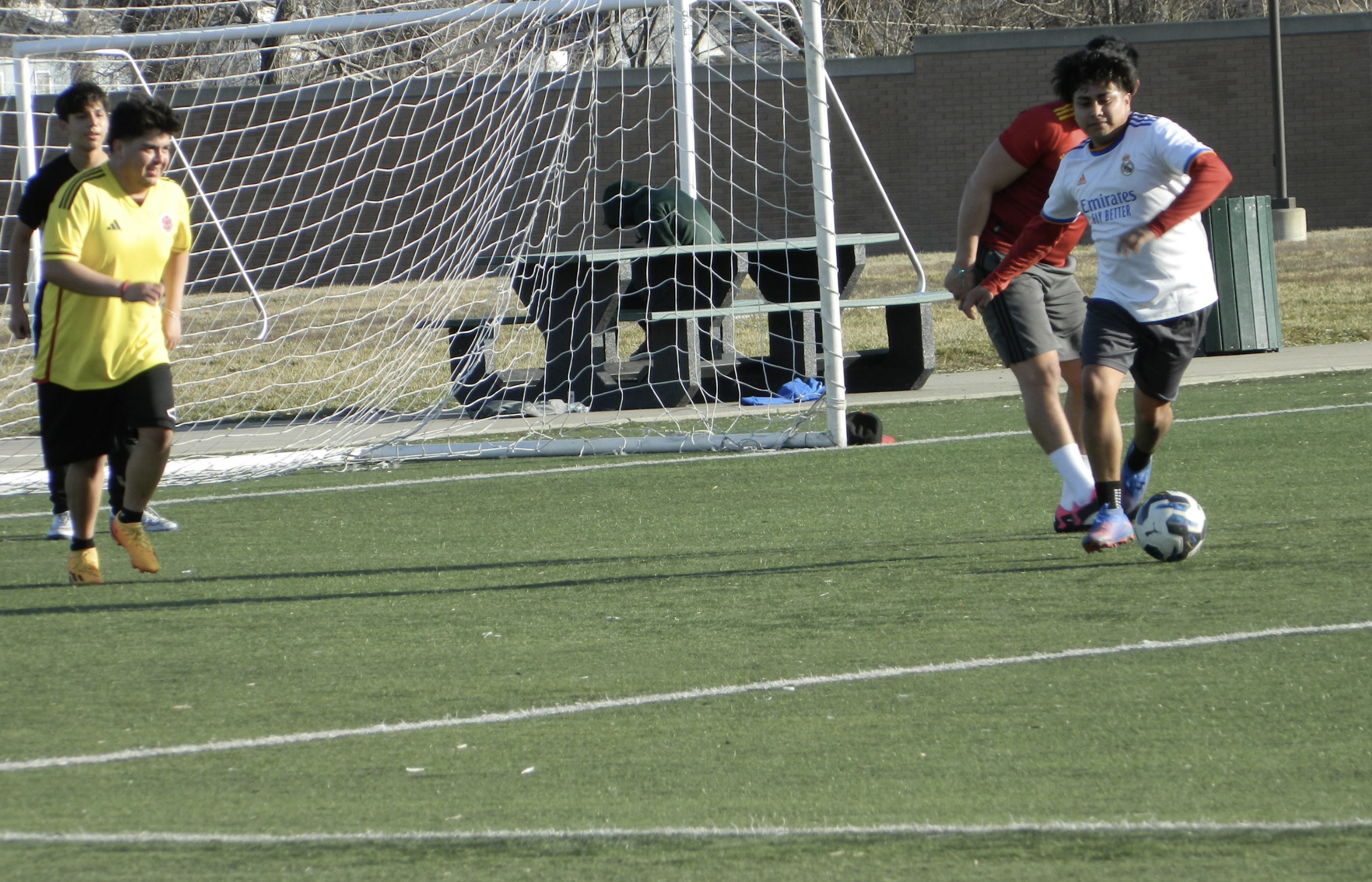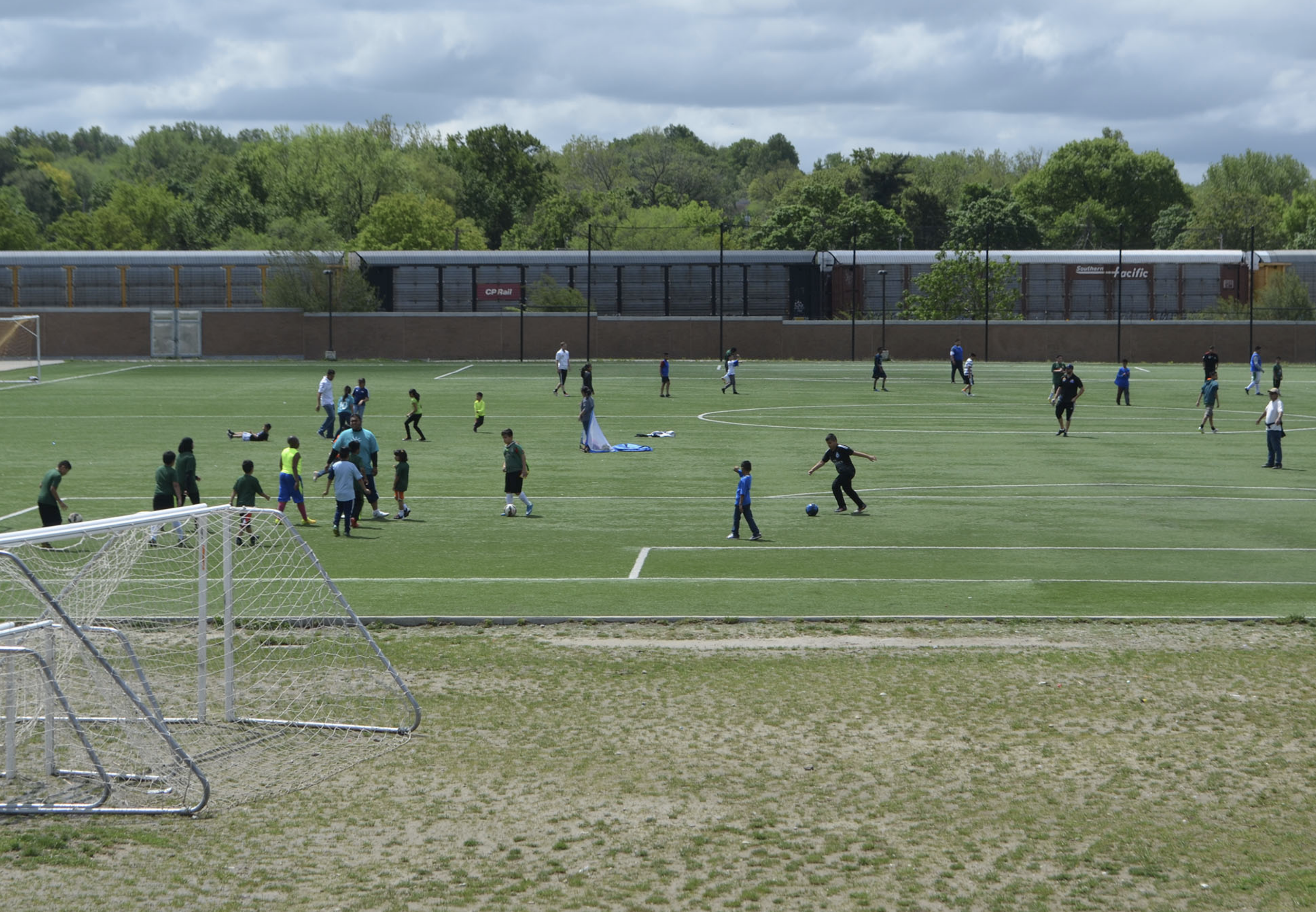Northeast News
March 8, 2017
Northeast residents are familiar with the epidemic of trash confronting many of our neighborhoods. Yet, who among us has driven to Waldo or Brookside and not been emotionally overcome by the lack of fast food wrappers in the streets and the conspicuous absence of broken down cars parked haphazardly in front of burned-out houses? The superficial differences between these neighborhoods and our own are easily identified; a bad high school student can easily pass this test. However, even the brightest minds seem incapable of addressing why some areas of the city are blight-free while ours is synonymous with it. The GO Bond addresses this. In fact, the entire energy of the Sly James administration has been directed toward eliminating the conditions that create blight.
The difference between “nice, safe” neighborhoods and Historic Northeast is that those other places are occupied by wealthier families while we are surrounded by destitution and despair. This uncomfortable fact cannot be argued out of existence; no amount of denial will suffice to remedy our plight. Fortunately the Sly James administration has been working overtime to make Kansas City unaffordable for poor people. For example, we have seen water rates rise to levels higher than similarly-sized cities located in deserts. With his bold downtown train initiative, the Mayor has demonstrated he has a plan to tax poverty into positive non-being, even if Democracy has to be trampled “a smidge” in the process.
It is a terribly difficult thing to resurrect greatness out of a trash heap; perennial neglect is its own opprobrium. There is an old saying, “If you cannot afford to tip your waiter then don’t go out to eat.” A similar sentiment may now be enshrined in Kansas City, “If you cannot afford to take a bath you should move somewhere else.” The GO bond furthers this agenda by ensuring that poor people will either get less poor or less here. Either way, it is a win for the city.
J. W. Helkenberg
Northeast Resident


















